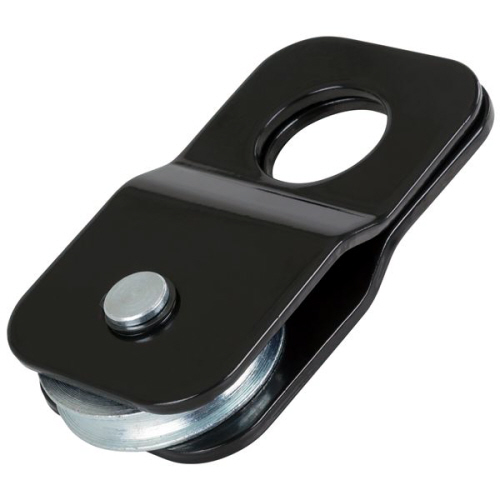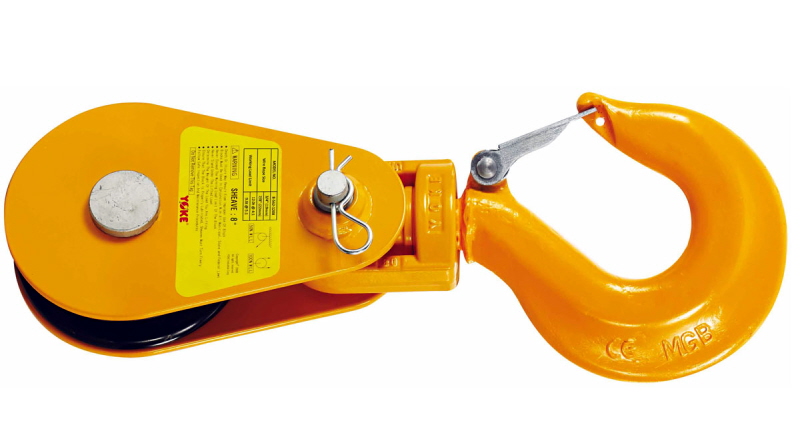Ask the Editors: Winching with a Snatch Block
Your dealer is giving you solid advice- a snatch block is a fairly simple and inexpensive device that can actually double the pulling power of your winch. Physically it consists only of a pulley block with side plate that can be opened.
At its simplest, you swing open the plate and run your winch cable through the pulley. Since you can open the side to fit the cable, close and secure, there is no need to retract your cable or unhook it if it’s already fastened.

Once you have the block secure, there are two main purposes for it. The first is to offer an offset anchor post. If you’re winching yourself straight ahead toward your anchor point, you rarely have to worry about your cable spooling unevenly upon the winch’s drum. However, if you need to tug on an angle, uneven spooling can become a real risk.
What you do in this instance is to attach your line to your primary anchor point, regardless of how sharp of an angle away from the front of the winch. You then locate a second anchor point that’s offset in the opposite direction of the first anchor point. Attach the snatch block to the second anchor point with a choke chain then use the tension from the two offset anchor points to move the snatch block directly in front of your ATV. Regardless of the degree of turn, the winch line will retract straight and spool evenly on the drum.

The second and perhaps more common use for the snatch block is one where you feed your cable through the block’s pulley, attach the block itself to your anchor point (that’s why they usually have hooks or eyelets) and then run your winch’s line back and hook it to your ATV’s frame. This practice allows your winch to tug significantly more weight with less effort.
These devices are simple, effective, affordable and small enough to fit in most onboard ATV’s toolbox (you can even use the hook to fasten them to a rack or frame spar if not).


